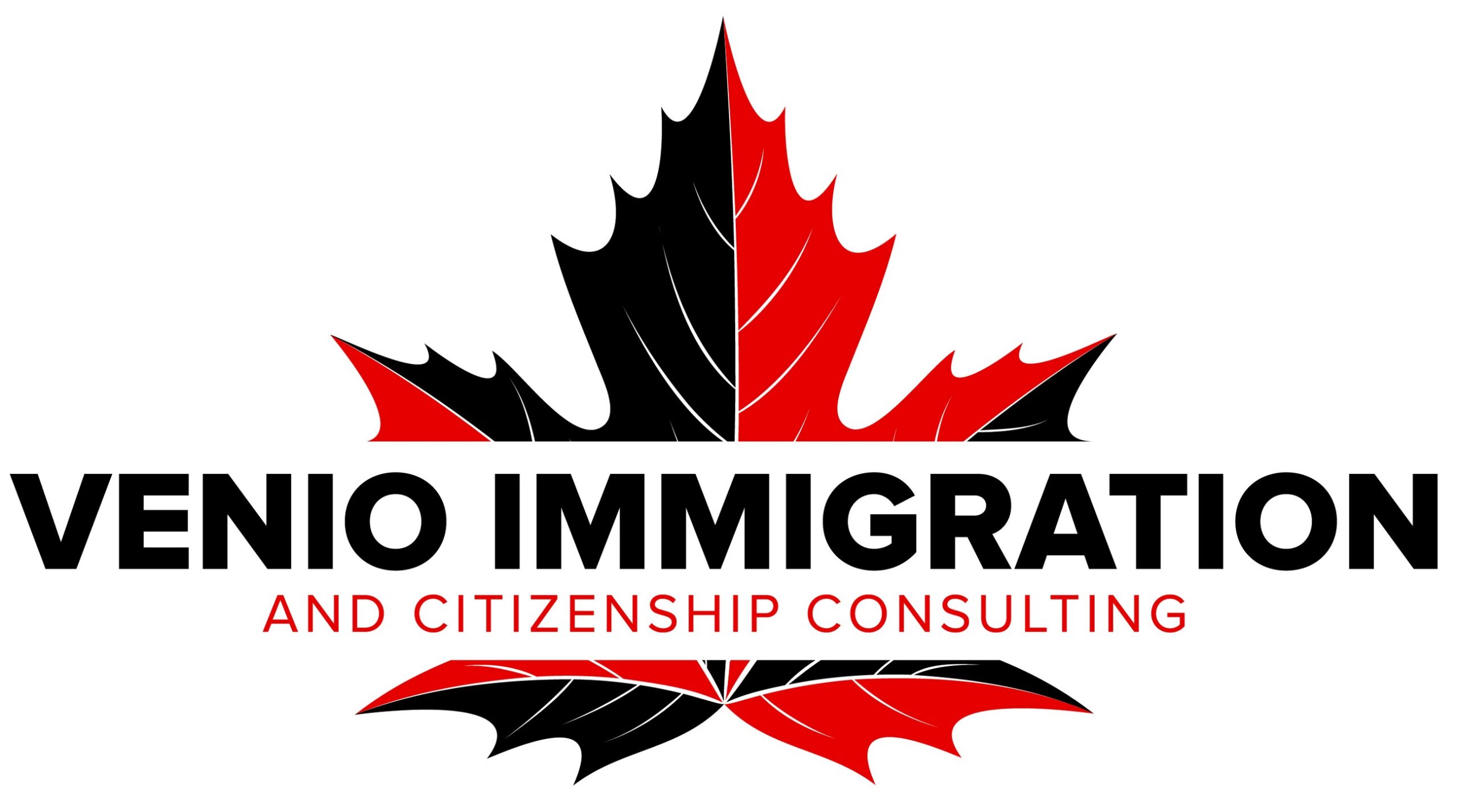Is age a barrier to immigration to Canada?

Immigration to Canada is a topic of growing interest for many people around the world. The country offers varied opportunities, a welcoming environment and a high quality of life. However, various factors influence an individual's ability to immigrate, among which age is often considered an important criterion. This article explores whether age really is a barrier to immigration to Canada, examining the various immigration policies and programs, as well as the potential challenges and benefits associated with immigrants' age.
Canada's Immigration Policies
Canada has several immigration programs, each with its own selection criteria. The most popular is Express Entry, which handles applications for skilled worker categories. Applicants are evaluated according to a point system based on criteria such as work experience, language skills and, of course, age. As a general rule, applicants between the ages of 18 and 35 are awarded the maximum points for age. Beyond this age, the points awarded decrease progressively until the age of 45, after which no points are awarded for age.
Other programs, such as the Provincial Nominee Program (PNP), allow provinces to select immigrants according to their specific needs. These programs may have different age criteria, or offer flexibility for older candidates with particular skills or experience.
Advantages of Immigration for Older Candidates
Despite the apparent preference for younger candidates, older individuals can bring significant advantages to Canada. They often possess professional experience and specialized skills that younger workers have yet to acquire. What's more, they can offer a mentoring and leadership perspective within their industry.
Older applicants may also have greater financial stability, with personal savings and assets accumulated over the years, which can facilitate their economic integration into Canada. In addition, the immigration of entire families, including older members, can strengthen the social and community fabric, creating a more robust support network for all family members.
Challenges for older candidates
However, immigration for older candidates is not without its challenges. The main obstacle is often the reduction in points awarded for age in immigration points systems. This reduction can make it more difficult to reach the points threshold required to be invited to apply.
In addition, employers may be reluctant to hire older workers, preferring to invest in younger talent they can train and develop within the company. Older candidates may also find it difficult to adapt to new technologies or working methods, although this largely depends on the individual.
Finally, health considerations may also play a role. Older applicants may have pre-existing health problems that can complicate their immigration process. Health insurance requirements and stringent medical assessments can present additional obstacles.
Initiatives to Encourage Immigration of Older Candidates
Recognizing the potential advantages of older candidates, some Canadian provinces and territories have put in place initiatives to attract these immigrants. For example, some provinces offer specific programs for skilled workers with significant experience in in-demand sectors. These programs may relax age criteria or offer additional points for work experience.
In addition, the Canadian government has introduced measures to encourage the immigration of entrepreneurs and investors, who are often older. These programs focus on the applicant's ability to make an economic contribution to Canada, rather than their age.
Conclusion
In conclusion, while age can be a barrier to immigration to Canada, it is not insurmountable. Canadian immigration policies favor younger candidates because of their long-term potential, but they also recognize the value of the skills and experience of older candidates. Provincial and federal initiatives offer alternative pathways for the latter, enabling successful immigration that benefits the country. Thus, age should not be seen as an absolute barrier, but rather as one factor among others in the complex process of immigration to Canada.






